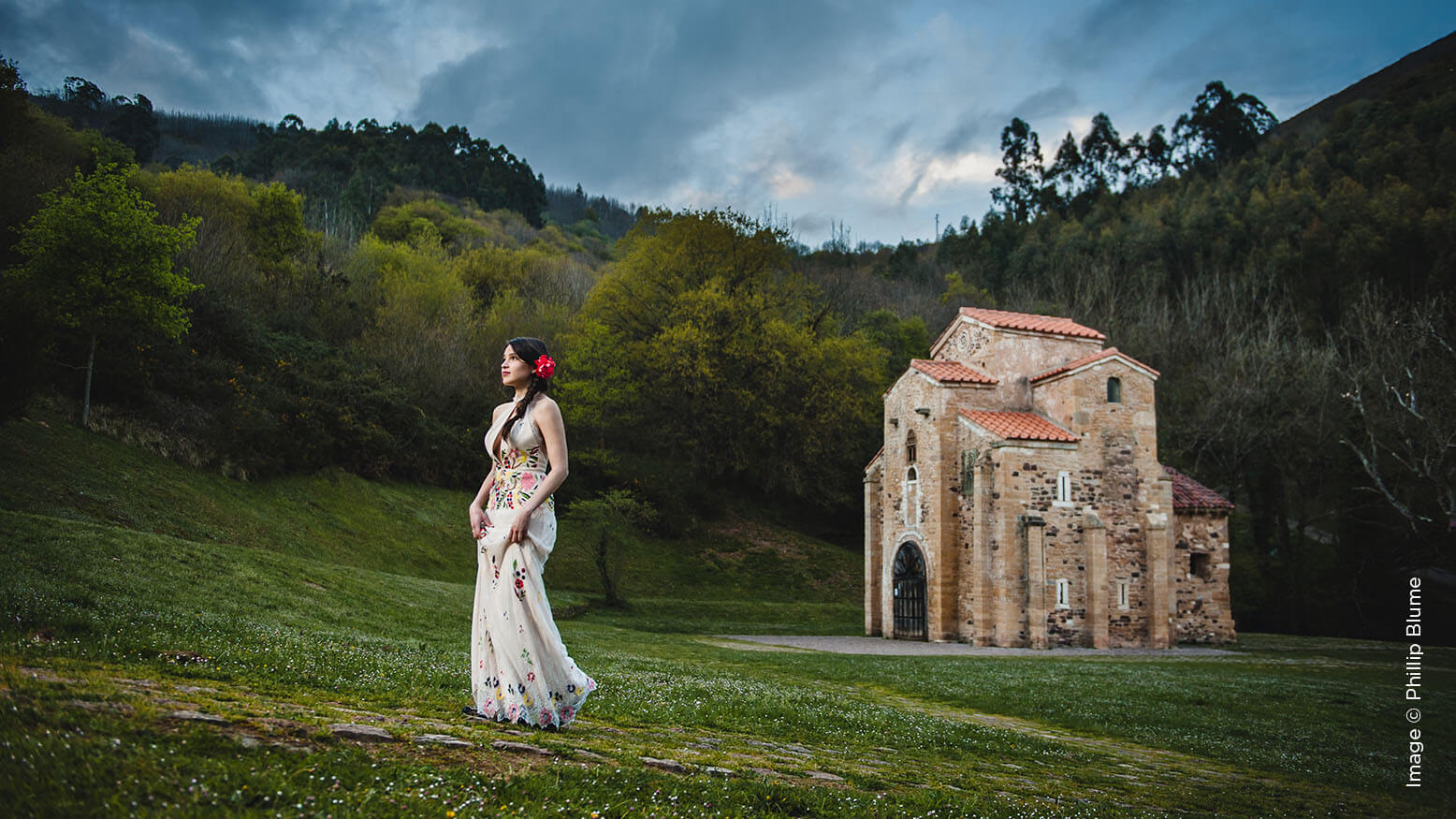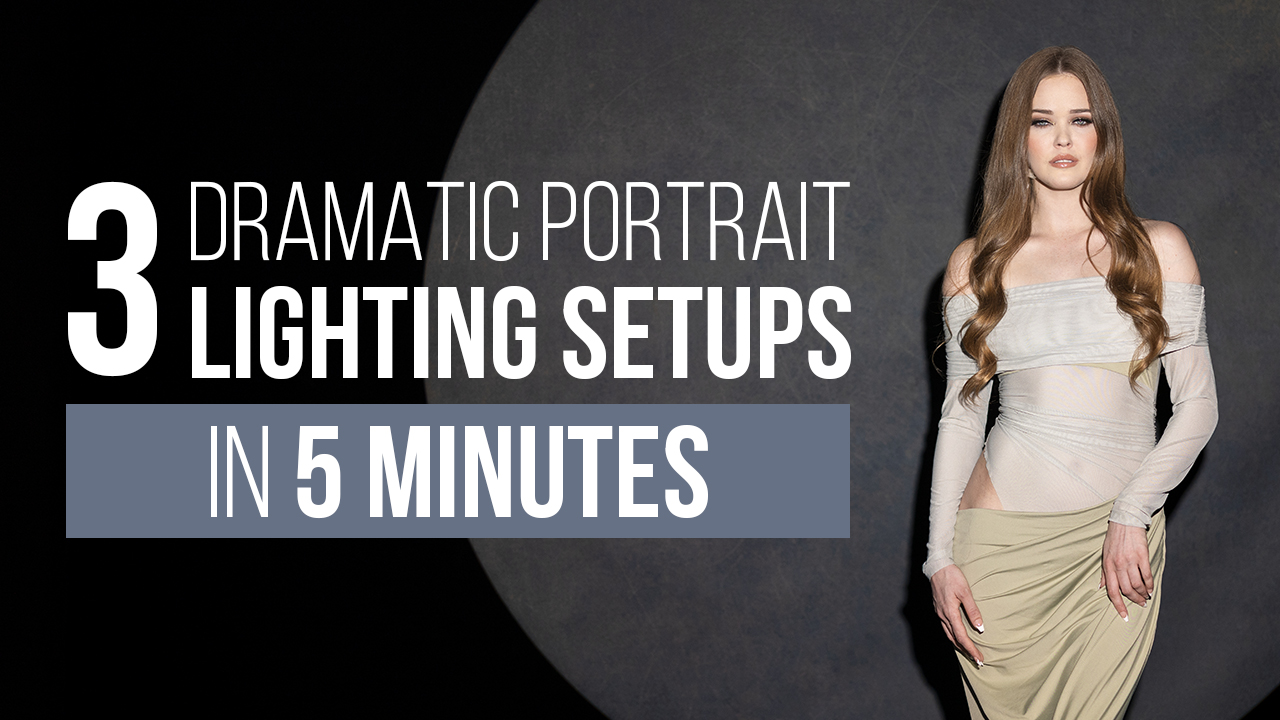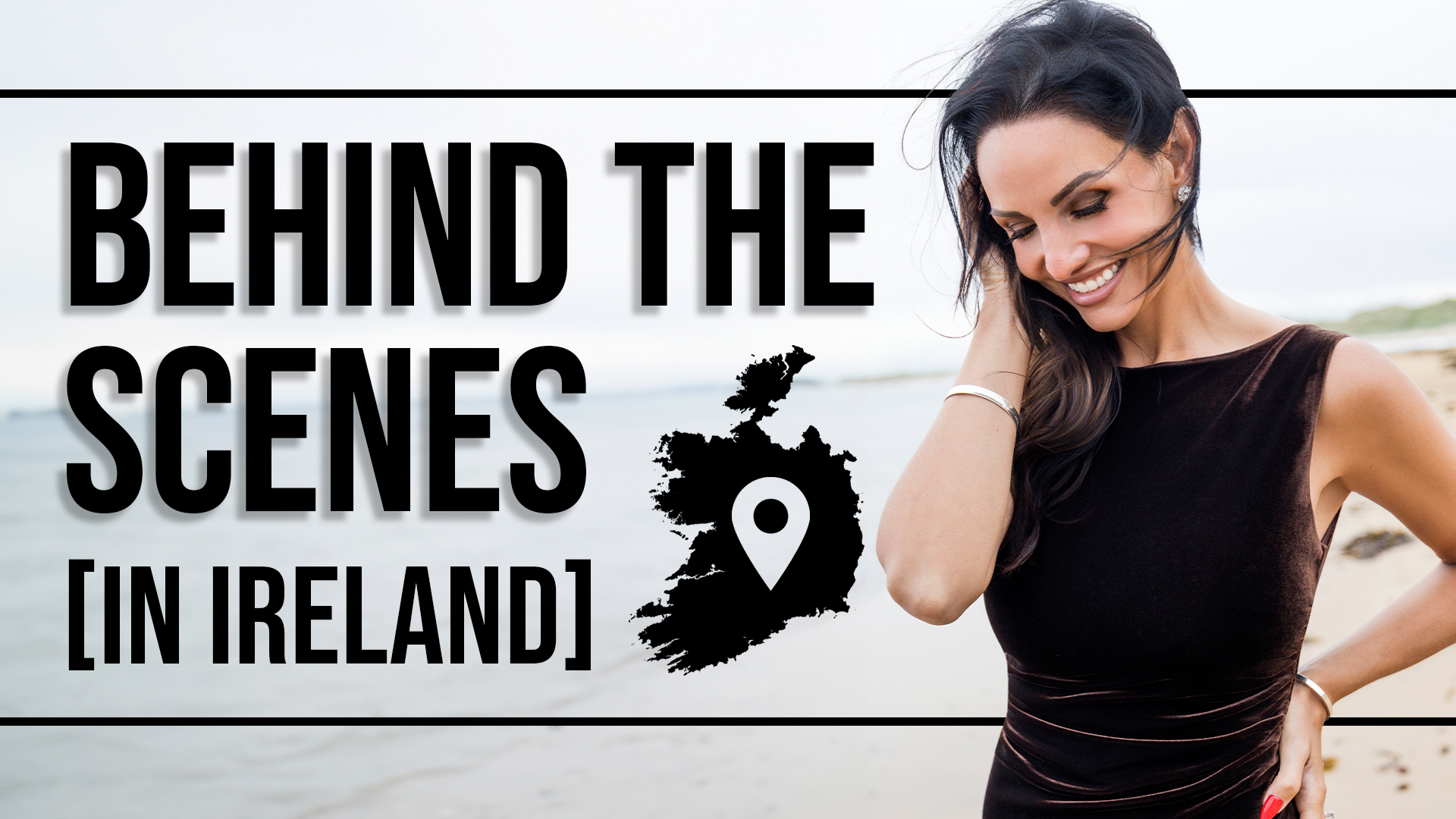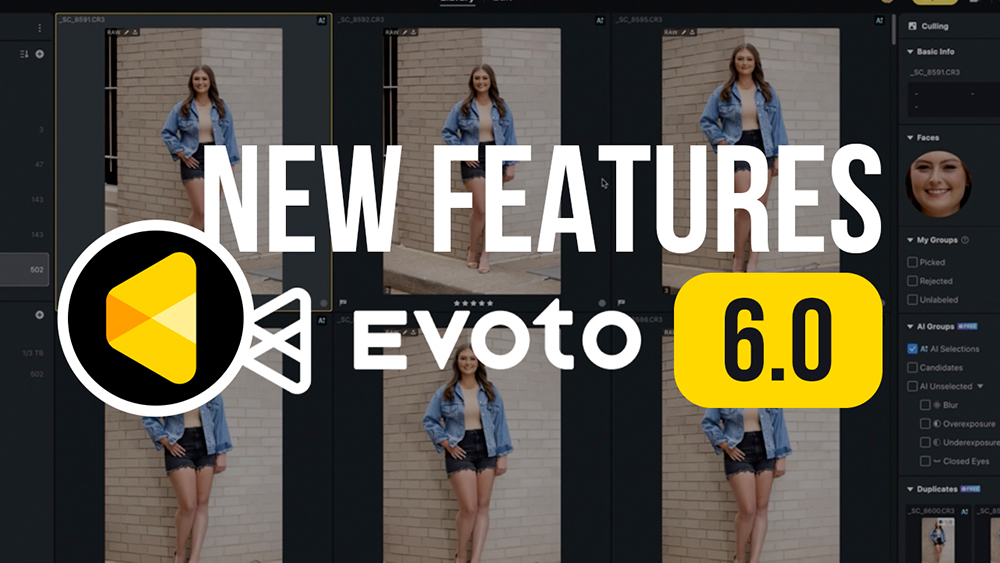Powerful & Portable Lighting for Destination Photography with Phillip Blume
Want more information on this article? Get access to video content and additional supporting images. Launch the August 2017 issue of the magazine by logging in or signing up for a free account. Shutter Magazine is the industry’s leading professional photography magazine.
I got excited when her name showed up in my inbox. I’d expected no reply. Was this the chance we’d hoped for? Or perhaps just a polite refusal? I didn’t want to get my hopes up. So I curbed my enthusiasm and clicked the email.
“Hello, Phillip. So lovely to hear from you!!!!! Yes, it will be amazing to work with you. I have around 15 dresses that we can play with. Thank you so much for thinking of me… Alida.”
It feels wonderfully strange to be on a first-name basis with Alida Herbst, the South African-born celebrity fashion designer. My wife Eileen and I are wedding photographers first, and we met Alida when she dressed one of our brides in London. Bridal preparations on the wedding day were at Alida’s eclectic London studio, and we were immediately charmed by the talented designer’s easy smile and down-to-earth personality—not to mention her great South African accent. Our three young children, who travel the world with us as we work, even began referring to her as their “fairy godmother” after she sweetly invited them to play among her boxes of buttons and shiny broaches.
Our next adventure would take us back across the pond to Alida’s studio, but with a different photographic aim: a fashion-forward approach where we’d feature several of Alida’s dress designs while shooting models on location in London and Oviedo, Spain. We knew one thing: We didn’t want to travel so far (with three children in tow) just to botch the job. So we called on Phottix to help us do it right.
As a photographer known for my creative use of small “pocket” flashes, I long resisted transitioning into the world of larger studio strobes. But I did my research and became intrigued by Phottix’s system. When Phottix agreed to sponsor our fashion shoots by sending lighting equipment, I began to feel more confident that I would have sufficient power and flexibility to execute my vision—even under narrow constraints of time and location. I was impressed with the tools we sampled (more below). If you shoot like I do, Phottix may be your ideal all-in-one setup for powerful, portable destination photography.
Phottix Indra500—World’s Best Monolight?
To rank the many competing studio-style strobes (or monolights) on the market, I consider three factors: power, portability and features. In terms of power, many of the top names in lighting offer some version of a 500Ws strobe. This number translates to a very bright light capable of lighting subjects dramatically even under bright outdoor conditions, and it’s the reason for the name Indra500.
Power
This “Ws” number (or “megawatts per second”) is the objective measure by which you should judge a light’s power, whether that light is a small flash or a larger monolight. Too often, marketers try to draw your attention to the “Gn,” or “guide number,” to describe a light’s power. Beware. The Gn is not an objective number by a long shot, and marketers attempt to make lights appear more powerful than they are by manipulating the distance or light modifier used in determining the Gn for their product. It’s easiest to remember that almost every small pocket flash (the kind you attach to your camera’s hot shoe) is between 50 and 60Ws. So an Indra500 is equivalent in power to almost eight or 10 pocket flashes together.
Having access to that much power doesn’t mean you actually have to use it all, although the Indra500 can handle 400 full-power flashes on a single charge of its standalone battery. More often, that much power allows you to count on faster recycle times and a more fluid photo shoot. For my style (especially during weddings), I prefer to mix in a lot of ambient light, but I still darken my ambient exposure just enough so I can see detail in the brightest highlights. In these cases, the Indra500 can be used at lower power and last for thousands of shots.
For fashion photography, I do want a more dramatic light ratio: darker shadows and a brighter keylight, as you see in the photos here. So in Europe I often shot close to one half or even full power. Yet I never experienced overheating or delays in recycling. I was easily able to shoot images under one second apart, capturing multiple exposures and expressions while a model spun in her gown. I never lacked strobe power, and I did not have to retake a shot due to battery recycling issues. I wasn’t accustomed to that as a small-flash shooter, and I was spoiled by it. The shoot went so smoothly because it revolved around my interaction with the subject rather than equipment trouble-shooting. That’s freeing for an on-the-run photographer.
Portability
Immediately noticeable, the Indra500 is not as portable as other small flashes. For the first time, we traveled with two carry-ons full of camera equipment, rather than our usual one bag, which was significantly more difficult. On the other hand, this monolight is smaller than the eight or more flashes it replaces—and in that sense, it offers a lot more bang for your buck. (Brand-name hot-shoe flashes go for up to $700. Multiply that by eight. The Indra500 is just $1,300, including battery.)
There are a few features that improve the Indra500 above some other monolights. For one, it does not have a built-in battery. I realize its external battery pack is a turn-off for many photographers who’d like to see an all-in-one design, but I have a different viewpoint. Take, for example, Profoto’s B1X (the new upgraded version of its popular B1). It’s another 500Ws strobe and likely the principle high-end competitor to the Indra500. The B1X has a built-in battery as one of its main selling points. Although I think this strobe is one of the best-made available, as a traveling photographer, I prefer an external battery. Let me explain.
I think like a backpacker. Size and weight matter to me. Although battery-inclusive designs look sleek, consider the specs. First, on location, I loved that the Indra500 (at just 4.6 pounds) weighed at least 2 pounds less than its popular competitor. Of course that measure is negated if you count the external battery, but I can put an external battery wherever I want. If my light is on a stand, it is now 2 pounds less top-heavy and less prone to tipping, and I can use the battery as a “sandbag” attached to the bottom of my stand for counterbalance. More importantly, I generally have a human light stand on set who’s much happier if she doesn’t have to hold a 2-pound battery over her head throughout a workday.
Second, the Indra500 is a couple inches shorter and narrower (and many cubic inches smaller) than some strobes, because it has no battery cavity. In flight, batteries come out anyway, and a large monolight with empty space inside just takes up too much room in my carry-on. I also love that the Phottix battery pack slides apart at the middle, giving it a better form factor and extra safety.
Features
The Indra500 has nearly all the important features you’d find in any of its competitors, including TTL and high-speed sync up to 1/8,000, which I used extensively (I was very pleased with how undimmed the light remained as I shot at f/1.8 and 2.8 for creamy backgrounds without using obnoxious filters), and a “freeze” duration of up to 1/15,000 second at low power. In layman’s terms, this light simply “kept up with me” whatever I tried, and I eventually got used to not worrying about my light on our shoots.
I am disappointed that the Indra500 does not have a feature to save the last-used flash setting. Profoto apparently innovated this feature, which allows a photographer to take a single TTL shot, then step back and continue shooting at the same power without the usual inconsistencies of TTL. It speeds up a location shoot’s momentum considerably. I imagine this must be a simple firmware update, and I hope Phottix is able to get onboard.
As a Nikon shooter who is also interested in new Sony camera products, I’m very happy the Indra500 communicates with both camera systems, as well as with Canon. In other words, while some lights will work with only one brand, you can invest in an Indra with peace of mind that you will keep your light even if you switch cameras later.
Impressively, the battery’s capacity and recycle times come out slightly on top of even more expensive strobes. Yet at $1,300, the Indra500 and battery still manage to come in about $800 cheaper than the B1X. I can’t quite explain this. The build quality of all things Phottix strikes me as top-notch. It was Phottix’s attention to detail in a simple multiflash adapter I once bought that originally piqued my interest in the brand. Not only is the strobe rigid and easy to grip, but its accessories and cords are smartly designed, with self-clipping connectors so nothing comes loose. This design follows all the way through to the Mitros+ system, which makes Phottix stand apart.
Mitros+ System
I continue to be a small-flash guy in most of my work. I love being able to carry several small lights on my Spider Holster, then snap them off to create a multilight setup in an instant. Or to fit a light in any small space for more creative shots. But I could never find a monolight that played nicely with my pocket flashes.
That’s where the Mitros+ got me hooked. I enjoyed using these pocket flashes, and actually preferred them to brand-name flashes. Their menus are more intuitive, their build quality is second to none I’ve tried and the rubberized locking mechanism—where the foot fits into the camera’s hot shoe—is strong and stable. I was tired of wobbly flashes and loose connections; every on-camera flash should have this smart design element.
Best of all, I can use one Mitros+ flash to control the others. Or I can use a Phottix Odin II transmitter (also more intuitive than any other controller I’ve used) to control both my Indra500 and Mitros+. That’s right. I can’t emphasize enough how game changing this is for us—one single system that I can use for any kind of shoot, one ring to rule them all. It had me feeling more confident when I incorporated gelled Mitros+ flashes into our shoot for rim light at St. Paul’s Cathedral and elsewhere.
A fully featured Mitros+ flash for Nikon lists around $399, or even less with occasional sales. Compare that to hot shoe flashes from camera name brands, and you may be shocked how much you can save. My advice is to trust camera companies to specialize in cameras, and trust top lighting companies to specialize in lights.
Accessories & Light Modifiers
Phottix lent us several accessories and light modifiers, some of which we didn’t care for and others we can’t live without. View this article’s video to learn more.









This Post Has One Comment
Pingback: On-location in London, fashion with celebrity designer Alida Herbst » Blume Photography | Athens, GA Wedding Photographer | Atlanta Wedding Photographer | Destination Wedding Photographer